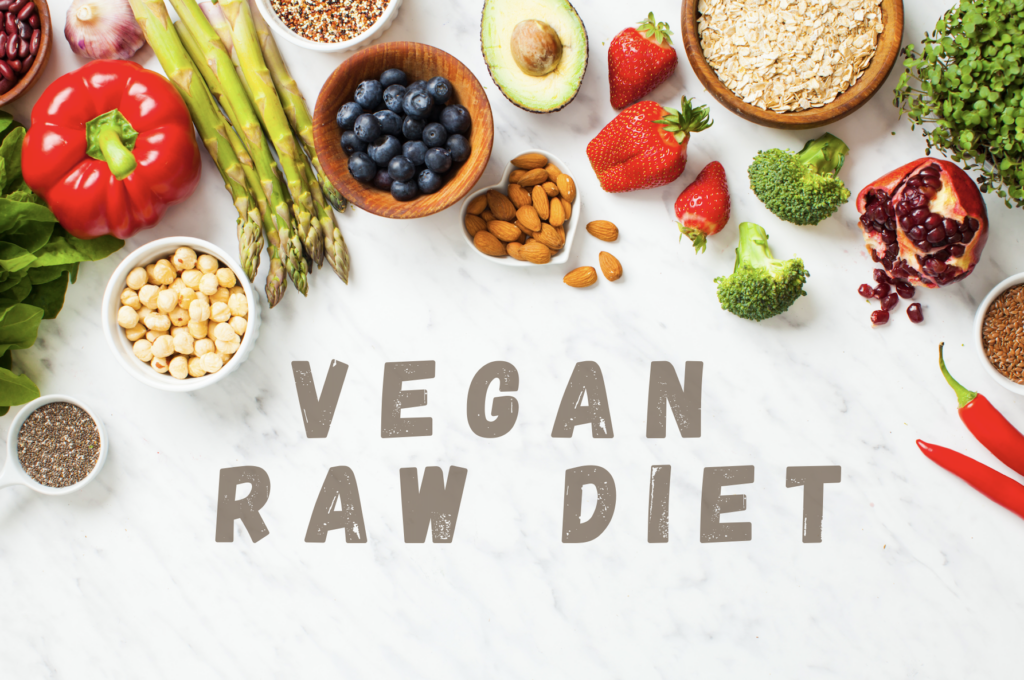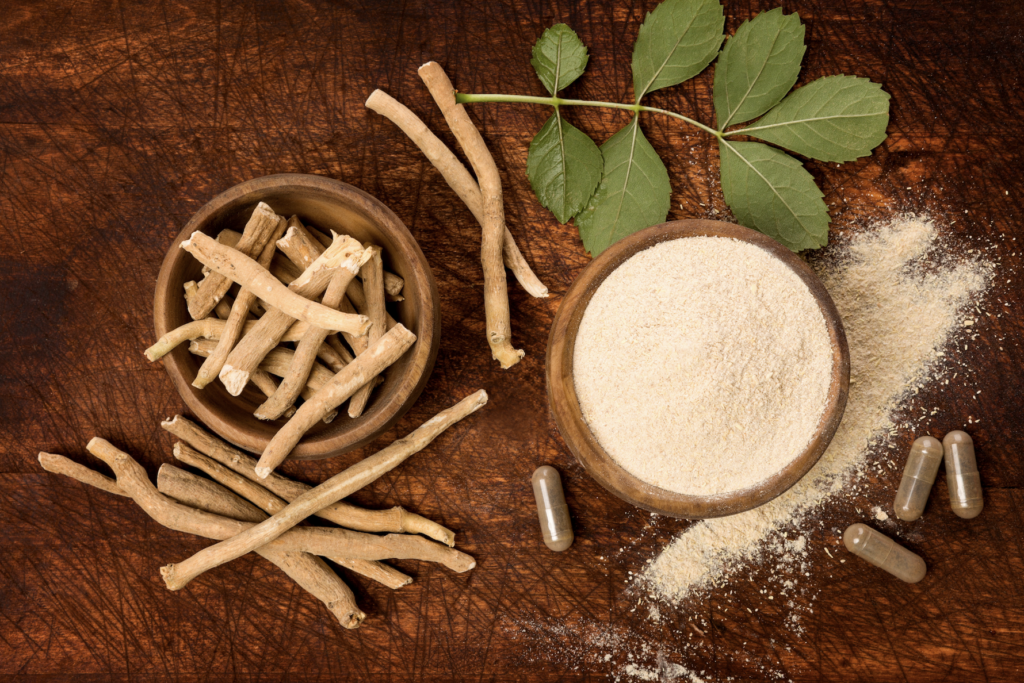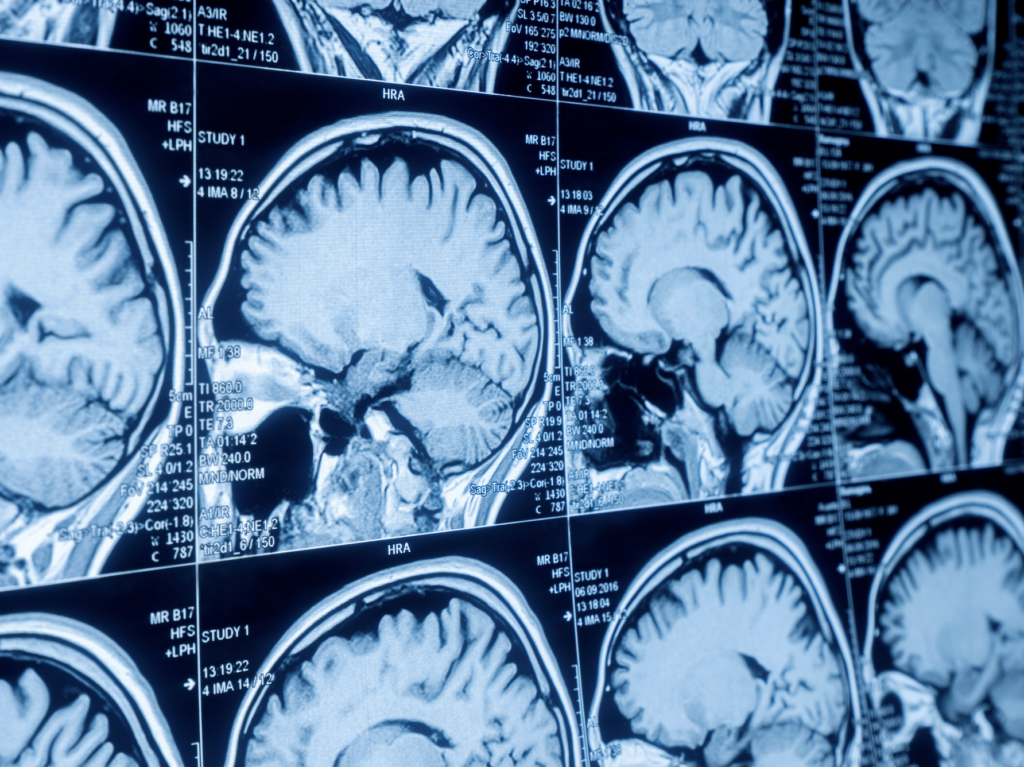Blue Zone Diets: How to Eat to Live to 100!
Blue Zone diets are based on the foods eaten in the globe’s five blue zones in various parts of the world. People in these zones
Blue Zone diets are based on the foods eaten in the globe’s five blue zones in various parts of the world. People in these zones

Astragalus benefits your health in many ways. It is also known as Astragalus membranaceus and has a long history of therapeutic usage in natural remedies
Endocrine-disrupting compounds are in everyday products, including cosmetics, plastics, and fragrances, and can interfere with the delicate balance of hormones in humans and wildlife. The
High cholesterol symptoms are subtle because you don’t generally feel or see them. You could go your whole life not realizing you have high cholesterol
Food to lower blood sugar and cholesterol needn’t be frustrating to find. A balanced diet includes a range of foods from various food groups, which

Lymphatic points in our body affect our overall health and have a more significant impact than we all know. The lymphatic system is an essential

Raw diets are rapidly becoming more popular today. In a world where convenience often comes before nutrition, most grocery store aisles are filled with processed

Exercise and immune function have a compelling link. Did you know that breaking a sweat can be your secret weapon against illness? Vigorous exercise doesn’t

The advantage of Ashwagandha has become very well known. This is a potent herb in the ever-changing field of health and well-being. This adaptogenic plant,

Brain health is not often our top priority, even if keeping our brains healthy should be! Physical health is generally more of a priority because


By submitting this form you agree to receive messages from Health Secret & Well of Life. Your email address will NEVER be shared or sold. You’re always free to easily unsubscribe at any time. For more information see our Privacy Policy.